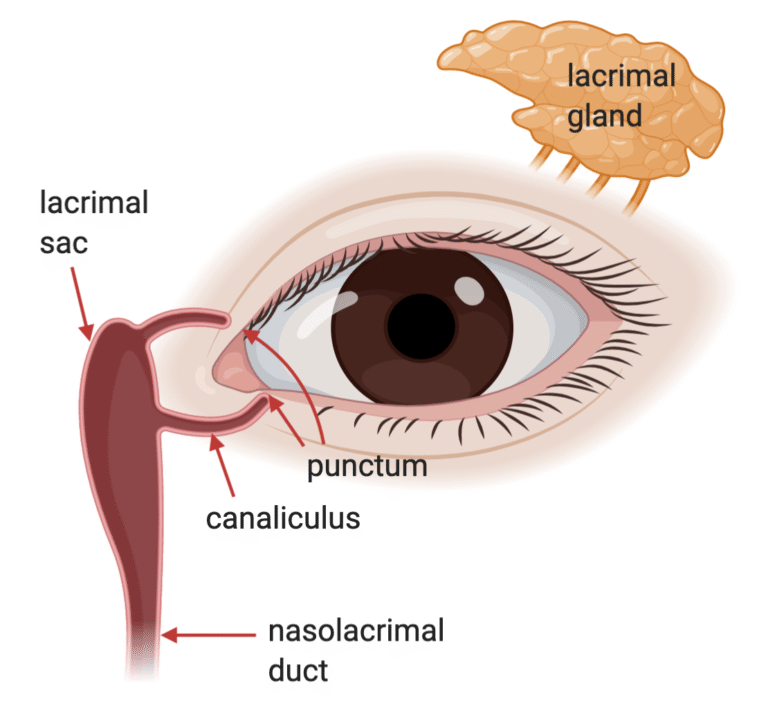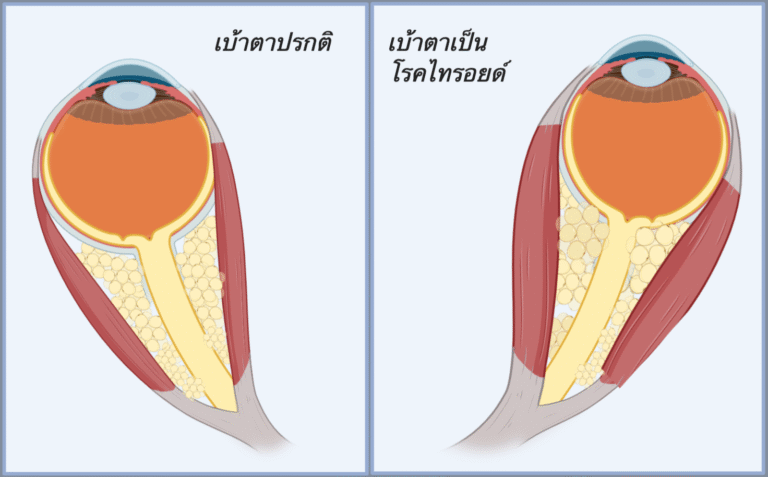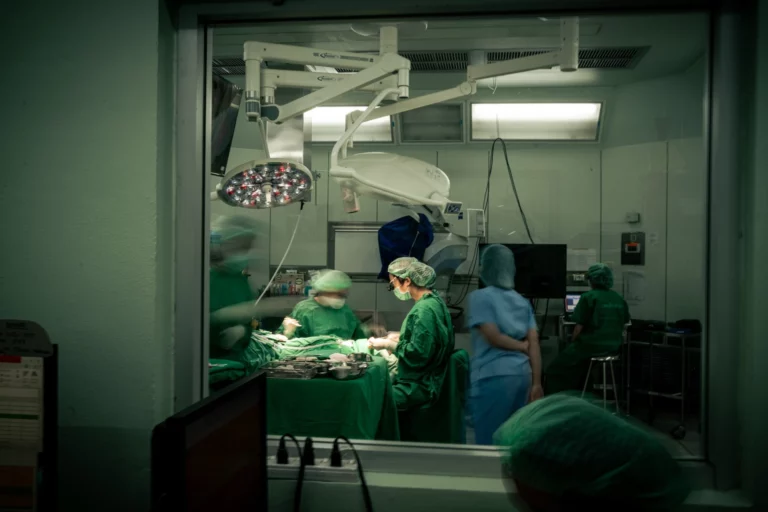What is Ptosis?
Ptosis (pronounced “TOE-sis”) means a droopy upper eyelid. It can affect one or both eyes. In mild cases, it may just make you look tired. In more severe cases, the eyelid may cover part of the pupil and block vision.
- Children may be born with ptosis (congenital ptosis). This happens when the eyelid muscle (levator muscle) does not develop well.
- Adults often develop ptosis from aging, after eye surgery (like cataract surgery), injury, or certain medical conditions that affect the muscles or nerves.
Symptoms of Droopy Eyelids
- Trouble keeping your eyes open
- Tiredness or strain around the eyes and forehead
- Needing to tilt your head back or use your finger to lift the lid
- Blurry vision, especially when reading
- In children, untreated ptosis can cause lazy eye (amblyopia), eye misalignment (strabismus), or blurred vision
Treatment Options
When is surgery needed?
Surgery is often recommended to:
- Improve vision or reduce eyestrain
- Prevent vision problems in children
- Improve eyelid appearance and symmetry
What happens in surgery?
- The surgeon usually tightens the eyelid’s lifting muscle (levator).
- If the eyelid muscle is very weak, a sling procedure may be used, where the forehead muscle helps lift the eyelid.
- Surgery is typically an outpatient procedure. Children usually need general anesthesia, while adults may have sedation.
Risks and Considerations
As with any surgery, there are some risks:
- Temporary bruising and swelling
- Infection or bleeding (rare)
- Dry eyes or irritation
- Eyelid height that is too high or too low
- Uneven lid shape
- Sometimes a second surgery is needed to adjust the result
Most patients notice a big improvement in both vision and appearance after surgery.
Summary
Droopy eyelids are common and can affect both how you see and how you look. Surgery is safe and effective for most patients. Your oculoplastic surgeon (a specialist in eyelid and facial surgery) will discuss the best treatment for your situation.





